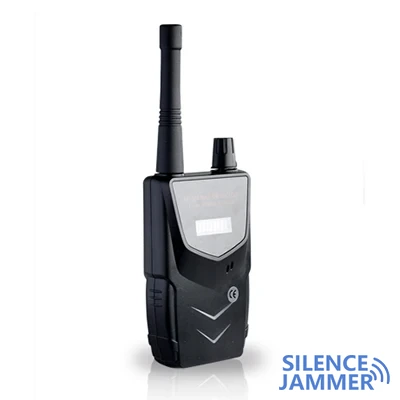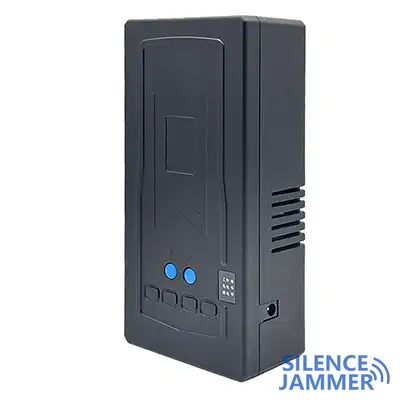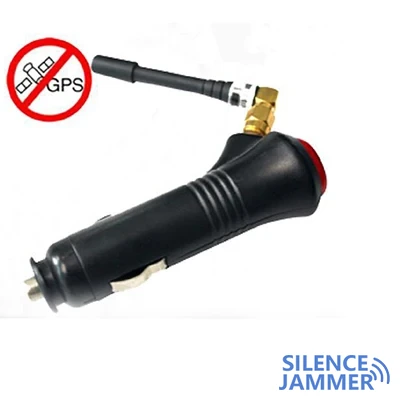In today's interconnected world, where wireless communication is ubiquitous, can disrupt crucial communication channels, impacting various aspects of our lives, from everyday convenience to critical infrastructure. Detecting signal jammer sources is essential for identifying and mitigating disruptions, ensuring reliable communication systems. This comprehensive guide explores the methods and technologies used to detect signal jammer sources across different scenarios.

Understanding Signal Interference:
Signal interference occurs when unwanted signals disrupt the transmission of desired signals, leading to communication degradation or failure. Interference sources can be intentional, such as jammers or unintentional, like electromagnetic interference from electronic devices.
Signal interference can manifest in various forms, including:
- Electromagnetic Interference (EMI) from electronic devices.
- Radio Frequency Interference (RFI) from nearby transmitters.
- Intentional jamming by malicious actors.
- Multipath interference due to signal reflections and scattering.
Detection Methods:
- Several methods are employed to detect signal interference sources:
- Spectrum Analysis: Spectrum analyzers are widely used to visualize signal spectra, identifying frequency peaks corresponding to interference sources. Real-time analyzers provide immediate feedback, while swept-tuned analyzers offer detailed frequency analysis.
- Direction Finding: Direction finding techniques determine the direction of incoming signals, pinpointing the location of interference sources. Antenna arrays or rotating antennas are utilized to detect signal angles accurately.
- Signal Strength Monitoring: Monitoring signal strength variations helps detect interference sources. Anomalies in signal strength indicate interference, prompting further investigation to identify the source.
- Frequency Hopping Spread Spectrum (FHSS): FHSS systems dynamically switch between frequencies to avoid interference. Monitoring FHSS patterns helps detect interference disruptions, indicating potential sources.

Technological solution:
- Software-Defined Radios (SDRs): SDRs offer flexible signal processing capabilities, enabling real-time spectrum analysis and detection of interference sources. They are versatile and customizable, suitable for various applications.
- Distributed Sensor Networks: Deploying sensor nodes across a geographical area forms a distributed network for monitoring signal characteristics. Centralized data analysis identifies interference sources and their locations.
- Machine Learning Algorithms: Machine learning algorithms analyze signal data to detect patterns indicative of interference. Supervised learning models trained on labeled data can classify interference types accurately.

Practical Applications:
- Wireless Networks: Detecting interference sources in wireless networks ensures optimal performance and reliability. Monitoring Wi-Fi channels identifies neighboring networks causing interference, enabling channel selection for minimal interference.
- Industrial Environments: In industrial settings, electromagnetic interference from machinery can disrupt wireless communication. Detection systems monitor signal quality, alerting operators to interference sources for timely intervention.
- Military and Defense: Military applications require robust communication systems resilient to jamming and interference. Advanced detection technologies, including direction finding and adaptive frequency hopping, ensure mission-critical communication integrity.
- Complex Environments: Urban environments with multiple RF sources pose challenges for accurate interference detection due to signal reflections and multipath effects.
- Interference Mitigation: Identifying interference sources is only the first step; effective mitigation strategies, such as frequency hopping or shielding, are essential for restoring communication integrity.
- Security Concerns: Intentional jamming poses security threats in critical infrastructure and military operations. Robust detection and countermeasure strategies are imperative to safeguard against malicious interference.
Challenges and Considerations:
Future Directions:
IoT Integration: Integrating interference detection capabilities into IoT devices enhances network resilience and reliability, mitigating interference effects in smart environments.
Cognitive Radio Systems: Cognitive radio systems dynamically adapt to interference conditions, optimizing spectrum usage and minimizing disruption through intelligent interference detection and mitigation algorithms.
In conclusion, detecting signal interference sources is critical for maintaining reliable communication systems in diverse applications. By leveraging advanced detection methods, technological solutions, and interdisciplinary approaches, we can effectivel.


